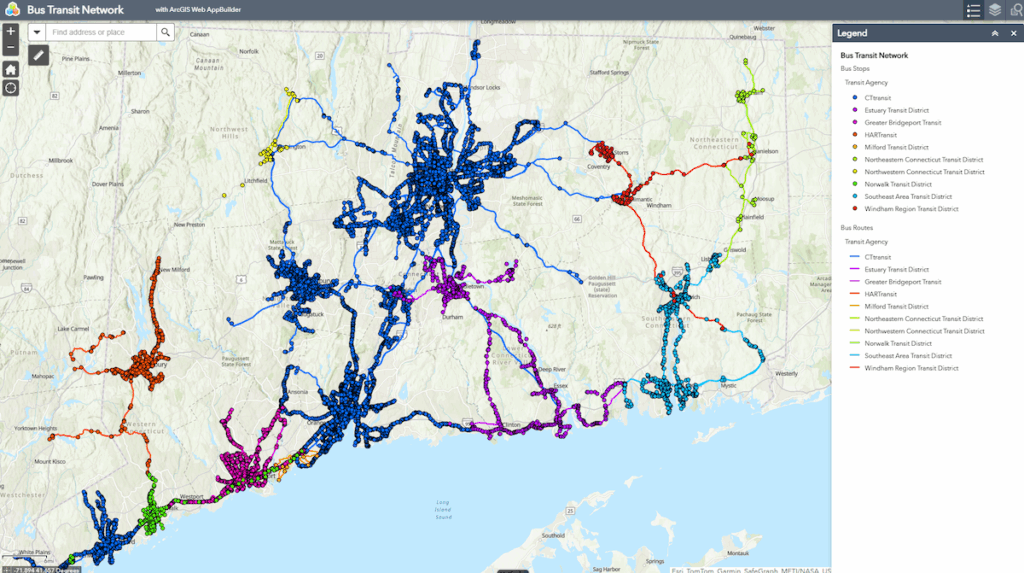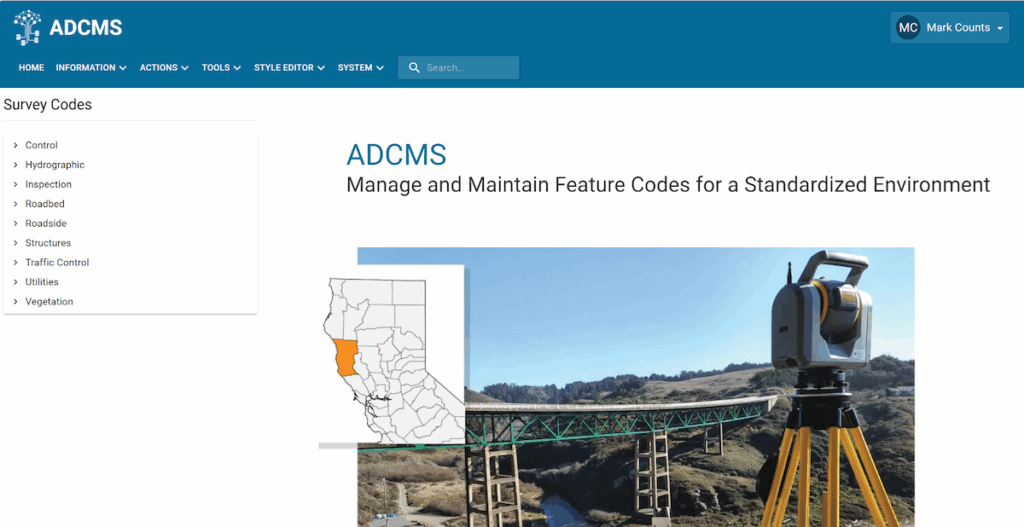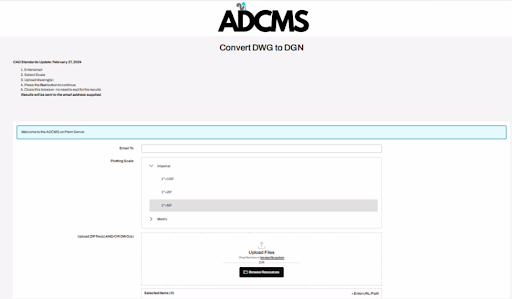In the transportation sector, decisions are only as good as the data behind them. Whether you’re managing transit schedules, monitoring infrastructure, or optimizing road safety, having accurate, real-time data is critical.
But for many organizations, data lives in disconnected systems, such as GIS platforms, CAD drawings, GPS devices, and traffic sensors, making integration slow and error-prone. Manual updates and siloed workflows can delay reporting, limit collaboration, and increase the risk of costly mistakes.
That’s where automation with FME comes in.
With automated data integration and transformation, transportation agencies can:
-
Keep road network and transit data up to date automatically
-
Combine GIS, CAD, and sensor data for a holistic view of infrastructure
-
Streamline workflows for traffic optimization, asset management, and planning
-
Reduce manual effort while improving accuracy and responsiveness
Let’s explore how three U.S. transportation agencies are using FME to automate and improve their operations. These real-world examples cover public transit data integration, digital infrastructure catalogs, and linear referencing systems.
Watch our webinar, Driving Transportation Forward, for a deep dive into these case studies.
Related reading: Improving transportation data: 8 real-world success stories using FME
CT DOT: Automating public transit data at scale
CT DOT is responsible for integrating and managing General Transit Feed Specification (GTFS) data from over 9 transit providers, which includes 13,500+ bus stops and 1,600+ routes. Their challenge: ensuring this data is consistent, timely, and accessible, without overwhelming their team.
Using FME Flow, CT DOT fully automated the ingestion, transformation, and validation of transit data. This system not only standardizes updates but also delivers processed outputs directly to consumers and applications. This resulted in reduced manual effort, minimized errors, and improved service reliability for the public.

Caltrans: Breaking down silos with a digital products catalog
Caltrans is one of the largest state transportation agencies in the U.S., and they’re leading the charge in digital transformation. With FME, Caltrans built a Digital Products Catalog, a centralized data hub that helps manage infrastructure data across the state. This catalog enhances collaboration, reduces duplication, and ensures teams are working from a single source of truth.

Another major task they tackled is the on-demand conversion of Civil 3D designs to DGN format for use in MicroStation. This involved preserving schema, spatial precision, and metadata. FME makes this conversion seamless, enabling Caltrans to maintain data integrity and adhere to internal and industry standards.

WV DOT: Streamlining HPMS submissions and LRS data integrity
The West Virginia DOT needed to streamline their Highway Performance Monitoring System (HPMS) submissions and improve the accuracy of their Linear Referencing System (LRS) data, which covers 70+ event layers across 38,000 miles of roadway.
With FME, WV DOT built an automated pipeline that validates, cleans, and publishes LRS data. This automation not only accelerates QA/QC processes but ensures consistent and reliable submissions to federal systems. As a result, WV DOT has more confidence in their data, fewer reporting errors, and better support for long-term planning.
See also: Linear Referencing 101
Learn More
From planning and operations to compliance and collaboration, data is the backbone of modern transportation systems. These case studies show how FME empowers agencies to:
-
Automate and scale complex data workflows
-
Ensure consistency and integrity across multiple systems
-
Break down data silos to enhance collaboration
-
Accelerate reporting and meet regulatory requirements
-
Make faster, data-driven decisions with confidence
If your organization is looking to streamline processes, improve data accuracy, or simply do more with less, FME can be the catalyst for smarter, more connected operations.




